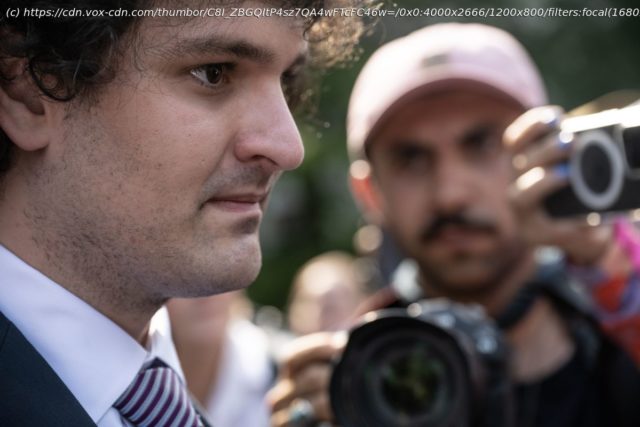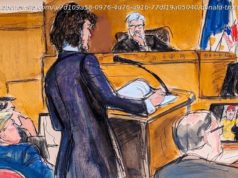The criminal conviction of the once-lionized cryptocurrency billionaire will have ripple effects on the entire industry.
Last November, after just a few hours of deliberation, a New York jury convicted Sam Bankman-Fried of fraud and conspiracy in the public flameout of his cryptocurrency exchange FTX, which stands accused of stealing as much as $10 billion from customers. On March 28, Bankman-Fried, who gained international prominence as the disheveled crypto genius behind the exchange, which he founded in 2019, was sentenced to 25 years in federal prison.
The intense, five-week criminal trial last fall unveiled the framework of deception that Bankman-Fried, 32, had for years used to prop up FTX and himself and, despite the protests of some crypto enthusiasts that he was just one rotten apple, made it hard for the public not to wonder whether the rest of the crypto world operates with such disregard for rules and risk behind the scenes, too.
Take, for example, Bankman-Fried’s jarring testimony — a final attempt to drive home his narrative of wide-eyed carelessness — that he “didn’t know anything about crypto” before starting FTX, his now-bankrupt cryptocurrency exchange. “I just knew they were things you could trade,” he told the jury. Millions of customers had traded on FTX, depositing money onto the exchange on the basis that it was the most trustworthy crypto exchange available. After the company filed for bankruptcy late last year, approximately 9 million creditors, including FTX customers and investors, were identified.
At its height, FTX was valued at more than $32 billion, and Bankman-Fried himself was worth about $26 billion. That lucrative empire fell to shambles in late 2022, when it became public that FTX had been using the deposits of its customers as a de facto piggy bank covering both business and personal matters. Prosecutors said FTX took billions from its clients to cover debt and make trades at sister hedge fund Alameda Research, to buy luxury real estate, to make political and charitable donations, and more. Bankman-Fried was charged with multiple federal counts of fraud, money laundering, and conspiracy, and arrested in the Bahamas last December.
The trial was much watched by crypto insiders, skeptics, and legal experts because it’s the biggest crypto fraud case to date, with wider consequences for the entire industry. The media, once full of effusive praise for Bankman-Fried and a key vehicle for his rise to fame, turned against him. The mood in the overflow rooms at the courthouse, filled with lawyers, crypto enthusiasts, financial victims of FTX’s fallout, and other rubberneckers, had reportedly been gleeful, with onlookers finding amusement in the trial’s twists and turns. The crypto industry had excommunicated its most visible titan, too, either because traders were angry they’d personally been burned or because they saw him as crypto’s worst ambassador, contributing to the impression that crypto is shady and replete with criminal activity.
The prosecution came with a mountain of receipts. Former executives and employees at both FTX and Alameda, including Alameda CEO and Bankman-Fried’s ex-girlfriend Caroline Ellison, FTX co-founder Gary Wang, and FTX head of engineering Nishad Singh, testified that they had committed crimes at his behest. Prosecutors also produced tweets, screenshots of texts and group chats, direct messages, and quotes from the many, many media appearances and interviews Bankman-Fried had given to the press. All the while, Bankman-Fried maintained his innocence, saying he didn’t realize FTX funds were missing until just before its collapse. The defense’s main weapon was to maintain that Bankman-Fried had merely been overworked and unwittingly allowed things at FTX and Alameda to spiral out of control — that it wasn’t intentional. He downplayed how much he knew, and how much control he had over his subordinates. “I don’t recall giving any direction,” he said when asked about the misuse of FTX customer funds.
Throughout the trial, however, he and his defense failed to offer a compelling explanation for how billions had been misappropriated without the CEO’s knowledge, or why his subordinates would engage in such a scheme without his involvement.






